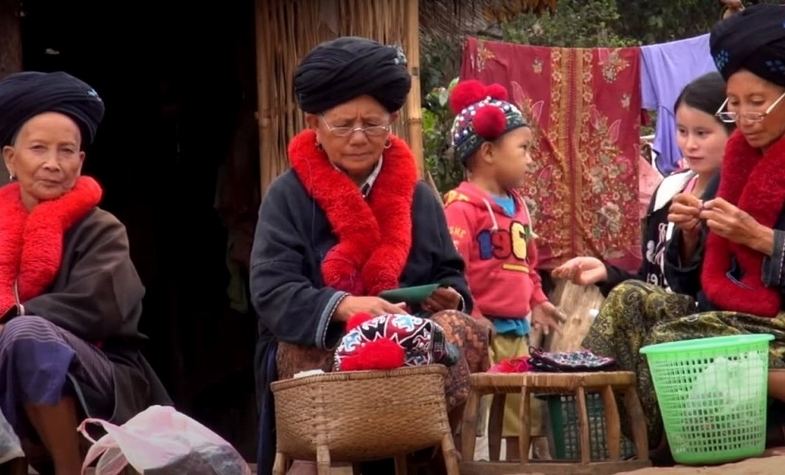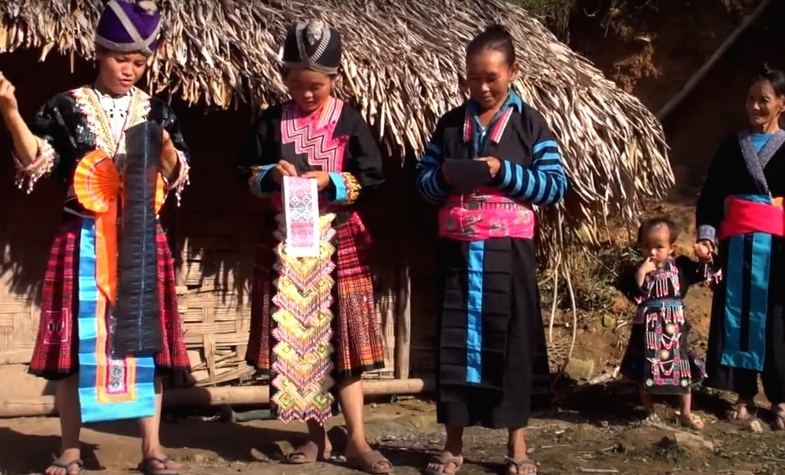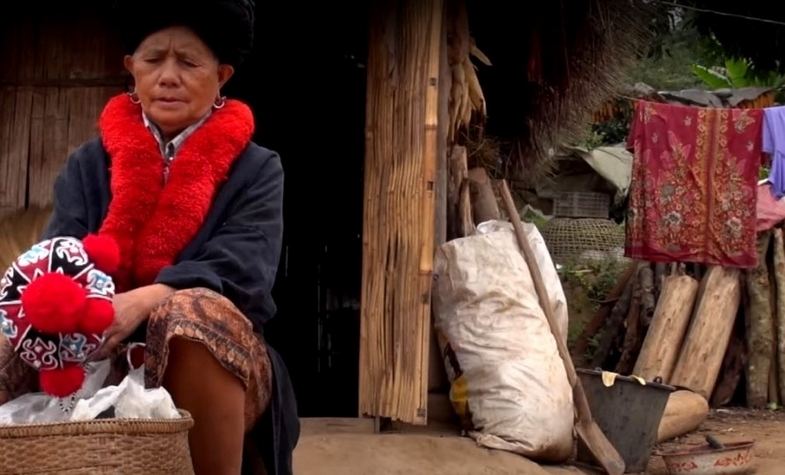

Muang Sing Town is a part of Muang Sing District, locates in a valley, about 60 kilometers northwest of Luang Namtha, and 360 kilometers northwest of Vientiane, not so far from Myanmar and the Chinese border. Most of the town is mountainous with altitudes ranging between 500 to 2,000 meters.

Nearly half of the district lies within the Namtha National Biodiversity Conservation Area (Nam Ha National Protected Area), a lushly forested area under the national protection that extends much further to the southwest and embraces the Pha Yueng Waterfall, about 17 kilometers south of the town of Mueang Sing. The confluence of Nam Dai, Nam Sing, and Nam Yuan is right northeast of the town of Mueang Sing.
Another highlight of Muang Sing is some of Laos’ most colorful hill tribe groups including Tai Lue, Tai Neua and Akha, Tai Dam, Hmong, Mien, and Lolo.

For outdoor enthusiasts, Muang Sing’s bumpy and rugged roads provide the perfect terrain for mountain biking, with plenty of scenic routes through the surrounding countryside. Not far from the town are several traditional villages, such as those of the Tai Dam and Hmong people, where visitors can learn about local lifestyles and view their impressive handwoven textiles. These villages are accessible by foot or bike and make for a rewarding excursion.
In addition to its cultural experiences, Muang Sing is home to several significant architectural sites. Notable temples like That Xieng Tueng and Vat Xieng Chai reflect the town's deep religious and historical roots. The region is also famous for its stunning natural landscapes, including the Xieng Khaeng Mountains and the Upper Mekong River. This largely unexplored area is rich in dramatic scenery, with beautiful waterfalls, caves, and mountains, making it a perfect destination for those seeking adventure in the wilderness.

The optimal time to visit Muang Sing, a charming town nestled in northern Laos, is during the cool and dry season, spanning from November to February. This period offers visitors an ideal climate with clear skies, mild temperatures, and lush landscapes, creating the perfect backdrop for exploration. The months of November to February are particularly favorable for outdoor activities, cultural excursions, and immersing oneself in the rich heritage of the region.
Additionally, this timeframe aligns with the annual Muang Sing Elephant Festival in February, a vibrant celebration that adds an extra layer of cultural immersion to the experience. For those seeking a deeper connection with the local communities and a glimpse into traditional farming practices, the months of June to September, corresponding to the rice planting and harvesting seasons, provide an enriching cultural experience. It's advisable to avoid the warmer and more humid months from March to May for a more comfortable and enjoyable visit to Muang Sing.
Since Muang Sing is still under development, the town is not connected widely to other locations. There are some small buses start from Luang Namtha that across the town. The buses depart several times a day.
***
Travel Authentic Asia Company is your best choice for discovering the beauty of Southeast Asia. Our experienced and knowledgeable travel advisors are committed to helping you create a tailor-made tour and extraordinary experiences in this majestic region.
If you're looking for an authentic cultural experience, do not hesitate to contact Travel Authentic Asia to choose a Laos tour, Southeast Asia tour package or to customize your own style tour to South East Asia.